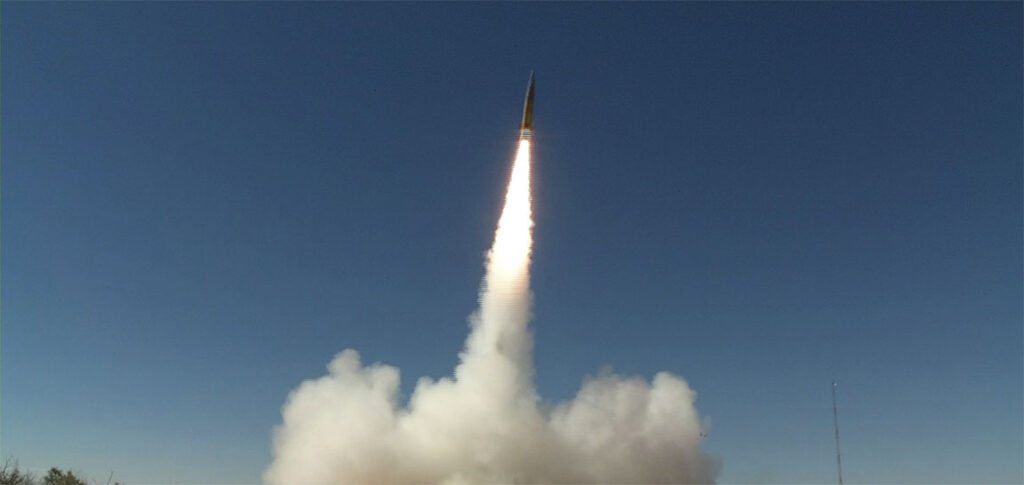Defense experts gathered at the Center for Strategic and International Studies in July 2024 to discuss challenges facing North American air and missile defense in the Arctic, especially increasing threats from Russia and the People’s Republic of China. U.S. ARMY
THE WATCH STAFF
The North American homeland is no longer a sanctuary free from external threat, and better missile and air defenses in the Arctic are critical for deterring and responding to increasing threats from adversarial nations, a panel of defense experts said in July 2024 at an event hosted by the Missile Defense Project of the Center for Strategic and International Studies. A significant emerging threat, they warned, is a nonnuclear or limited nuclear cruise missile attack from Russia or the People’s Republic of China (PRC).
North American Aerospace Defense Command (NORAD) and U.S. Northern Command (USNORTHCOM) Commander Gen. (Ret.) Charles Jacoby said U.S. military planners in the initial post-Cold War decades designed homeland defense, especially missile defense, to defend against a “rogue state” attack from a country like North Korea. Jacoby, whose command ran from 2011 to 2014, said it was only toward the end of his tenure that the evolving nature of the Russian and PRC threats began to come into focus. “You don’t have a free lunch in the homeland anymore,” Jacoby said.
Alaska U.S. Sen. Dan Sullivan, who addressed the symposium on Air and Missile Defense in the High North before the panel discussion, emphasized that his state is ground zero for Arctic defense, pointing out that it’s the only place in the world hosting more than 100 fifth-generation fighter planes. Straddling the approaches to Asia, Europe and North America, Alaska’s strategic location makes it essential for missile and air defense, Sullivan said, adding that the U.S. needs more interceptors and missiles in Alaska. Any missile attack on the lower 48 U.S. states will come through Alaska, he said, echoing the other panelists’ concerns of a cruise missile attack below the nuclear threshold.
Canadian Defense Attaché Maj. Gen. Michel Henri St-Louis stressed that his country’s political leadership and Canadian voters have awakened to the growing threat in the Arctic. “The false sense of security is really gone in Ottawa now,” St-Louis said. He said Canada’s revived commitment to the defense of its Arctic territory is reflected in the recently published defense update “Far North, Strong and Free,” which emphasizes Arctic offshore naval patrol ships, underwater sensors and other monitoring and early detection improvements. But the U.S. and Canada must patrol an enormous, remote area that is expensive to defend, and NORAD defenses face threats from a new class of hypersonic missiles. Recent polls show that Canadians now understand the stakes, he said. No longer is the attitude that Canada “has three oceans and a best friend to the South to protect us,” he said.
What is clear is that Arctic missile defense is no longer considered a national security backwater, said Peppi Debiaso, a Center for Strategic and International Studies research associate who worked on missile defense policy for the Department of Defense for 30 years. The risk for the U.S. is that a limited conventional missile attack on the homeland could be used by Russia or the PRC to “bloody the nose” of the U.S. and deter it from intervening in conflicts in other parts of the world.
As the Arctic continues to warm and opens new sea passages, Sullivan and the panelists agreed that infrastructure is needed to support an enhanced military presence. “We really need ports,” Jacoby said. But defending the Arctic and the approaches to the Canadian and U.S. homelands won’t require military bases and personnel, St-Louis said. The conditions are too challenging and expensive to maintain. Instead, a sophisticated network of sensors, drones and other tools will be necessary to keep the homeland safe, he said.

